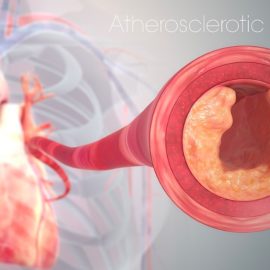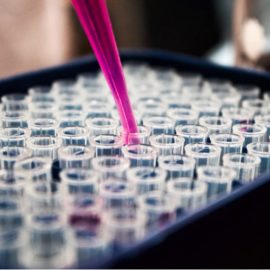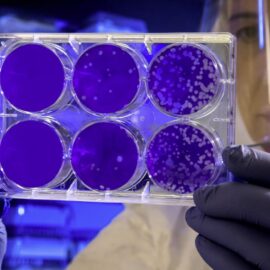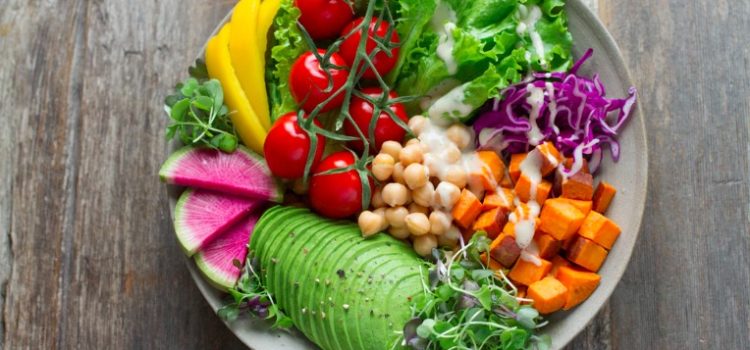
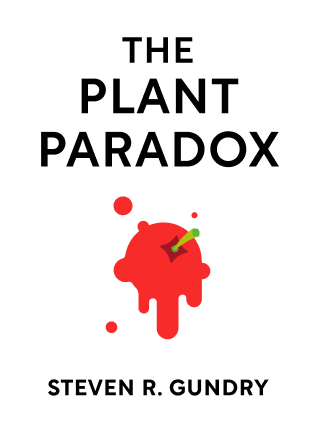
This article is an excerpt from the Shortform summary of "The Plant Paradox" by Steven R. Gundry. Shortform has the world's best summaries of books you should be reading.
Like this article? Sign up for a free trial here .
Do you know how to read food labels? What should you be looking for in a list of nutrition facts?
Food labels are important sources of information, but you need to know what to look for. If you know how to read food labels, you can make better choices.
Read on to learn how to read food labels and what ingredients should be red flags.
How to Read Food Labels
If non-GMO plants still have Roundup, and organic foods still have lectins, it’s hard to know what food labels really mean. Here’s how to read food labels.
- “All vegetarian feed” is often used to label poultry products. However, these products still contain (most likely GMO) grains, pseudo-grains, and/or soy.
- “Free-range” refers to how chickens were raised. However, free-range or cage-free chickens are still legally allowed to be housed in a crowded warehouse, as long as a door is open for at least five minutes a day. These chickens are also likely eating corn and soybean feed.
- “Gluten-free” products have more lectins and sugar because of the gluten substitutes than the gluten-containing version.
- “All-natural” may be on any kind of food product. This term has no FDA or USDA definition or criteria. As you learn how to read food labels, you can spot words that offer a false sense of security.
- “No artificial ingredients” is a term as vague as “all natural”; ingredients that aren’t artificial can still be harmful.
- “No cholesterol” products contain bad omega-6 fats in place of the cholesterol.
- “No trans fats” products also contain bad omega-6 fats in place of trans fats.
- “Partially hydrogenated” products also contain bad omega-6 fats.
- “Heart healthy” products are determined by the FDA (based on fat, sodium, and cholesterol contents as well as the amounts of certain nutrients), but the criteria seem questionable considering that Froot Loops qualify but salmon and nuts don’t. (Shortform note: The FDA has amended its regulation to include avocados and certain other fruits and vegetables on the list of heart-healthy foods.)
- “All organic ingredients” can include GMO crops as well as chickens that ate feed with arsenic in it.
GMO Foods
With the rise of Roundup, farmers needed crops that could withstand the powerful weed killer.
Genetically modified (GMO) foods were created by injecting plants with foreign genes to make the plant more resistant to insects (by producing more lectins) and more resistant to Roundup, so that farmers could easily spray a whole field with Roundup and the crops would be unharmed.
However, farmers also commonly spray non-GMO crops with Roundup as a desiccant, in order to dry them out and make them easier to harvest—and the chemicals are never removed from the plants at any point between the field and your dinner table.
The Roundup-sprayed crops either end up in your grocery store or in corn and grain feed for livestock, meaning you’re ingesting Roundup from both GMO and non-GMO crops as well as the milk and meat you consume. You need to know how to read food labels to avoid them.
In addition, besides producing higher amounts of lectins to ward off insects, GMO plants produce new proteins that your body isn’t familiar with, so your immune system doesn’t know how to read the barcodes and attacks, causing inflammation.
The Hidden Chemicals in Your Food
Besides WGA, there are other culprits in your bread that can cause problems that you may be mistakenly blaming on gluten. When you’re learning how to read food labels, make sure you look for these.
Transglutaminase is a binding agent that has replaced yeast in many American commercial baked goods since 1950. Yeast ferments and naturally destroys lectins in wheat, reducing their harm on your gut; without yeast, you’re eating a lot more lectins.
Transglutaminase is also used to bind ground meat and seafood (like fake crab), and in gluten-free bread to make it fluffier. But ironically, transglutaminase can make you sensitive to gluten even if you’re not otherwise gluten-sensitive. Additionally, transglutaminase can cross the blood-brain barrier and cause gluten ataxia, a condition similar to Parkinson’s.
Butyl hydroxytoluene (BHT) is a preservative used in processed foods that have whole grains to prevent them from becoming rancid. However, BHT is an endocrine disruptor that acts like estrogen (we’ll talk more about endocrine disruptors in chapter 4); BHT can stimulate fat storage, contribute to early puberty in girls, and is even used in embalming fluid.

———End of Preview———
Like what you just read? Read the rest of the world's best summary of Steven R. Gundry's "The Plant Paradox" at Shortform .
Here's what you'll find in our full The Plant Paradox summary :
- Why eating more vegetables isn't enough, and why some vegetables are toxic to your body
- The science behind lectins and how they tear apart your body, making you fat and sick
- The 6-week program to get your body back on healthy grack

